There are 684 protected areas classified as national parks in Australia. However, it’s worth noting that the number and classification of national parks may have changed since then due to updates in park management and conservation efforts.
About Australia National Parks
Australia is home to an impressive array of national parks, with over 500 federally and state-managed parks showcasing the country’s ecological diversity. From ancient rainforests and vast deserts to coastal cliffs and vibrant reefs, these parks protect a variety of ecosystems and serve as havens for unique wildlife. Many of these parks play a critical role in preserving Australia’s natural and cultural heritage, as they often encompass sacred Indigenous sites.
One of the most renowned parks is Kakadu National Park, a UNESCO World Heritage Site in the Northern Territory. Kakadu spans nearly 20,000 square kilometers and features wetlands, sandstone escarpments, and floodplains. The park is famous for its incredible biodiversity, with saltwater crocodiles, thousands of plant species, and an astonishing array of birdlife. Additionally, it holds significant cultural value, with ancient Aboriginal rock art sites dating back tens of thousands of years, offering visitors a glimpse into one of the world’s oldest living cultures.
Another iconic destination is Uluru-Kata Tjuta National Park, home to the majestic Uluru (Ayers Rock) and the Kata Tjuta (Olgas) rock formations. These sandstone monoliths rise dramatically from the red desert and hold profound spiritual importance for the Anangu people, the traditional custodians of the land. Visitors can explore the park through guided tours that emphasize respect for its cultural and environmental significance. The park is also part of the UNESCO World Heritage list for its natural and cultural attributes.
Great Barrier Reef Marine Park is perhaps Australia’s most famous natural wonder, protecting the world’s largest coral reef system. While technically a marine park, its terrestrial segments, including islands and adjoining coastal areas, are integral to its ecosystem. This vibrant underwater world supports an array of marine life, including sea turtles, dolphins, and reef fish, making it a bucket-list destination for snorkelers and divers.
Daintree National Park, located in tropical Queensland, houses one of the oldest rainforests on Earth. This lush park is a biodiversity hotspot with rare flora and fauna, including the endangered cassowary. Visitors can traverse its dense forest trails, swim in freshwater streams, and experience the striking beauty of Cape Tribulation, where the rainforest meets the sea.
Blue Mountains National Park, just west of Sydney, is a favorite for those seeking dramatic scenery. Known for its iconic Three Sisters rock formation, eucalyptus forests, and waterfalls, the park offers stunning hiking opportunities. Its eucalyptus trees release a fine mist of oil, creating the characteristic blue haze that gives the park its name.
While Australia’s national parks are breathtaking, they face conservation challenges such as invasive species, climate change, and habitat loss. Efforts to combat these issues include Indigenous-led land management practices, pest control initiatives, and community-driven conservation programs, which have seen notable successes in species protection and ecological restoration.
Australia National Parks
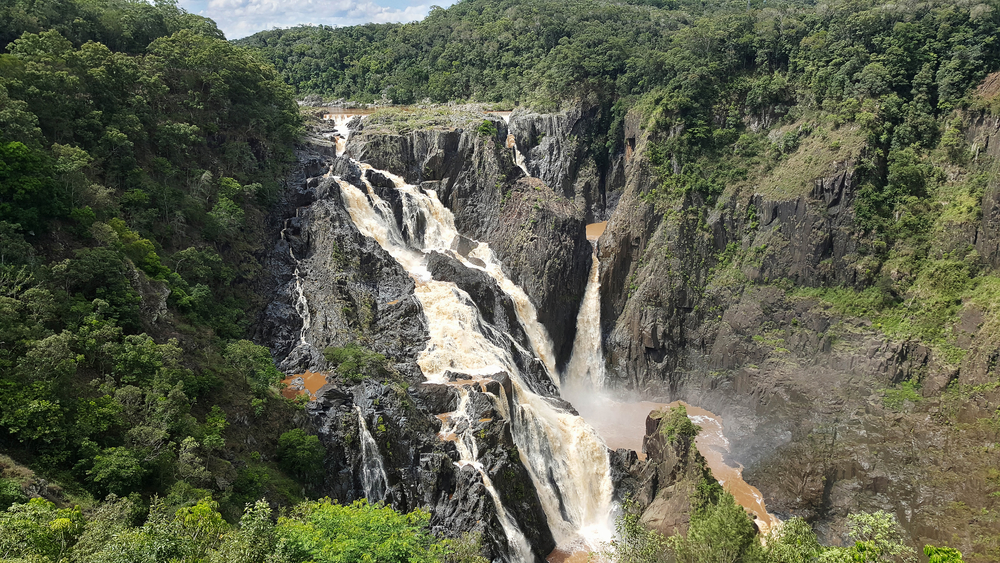
Barron Gorge National Park
Explore Now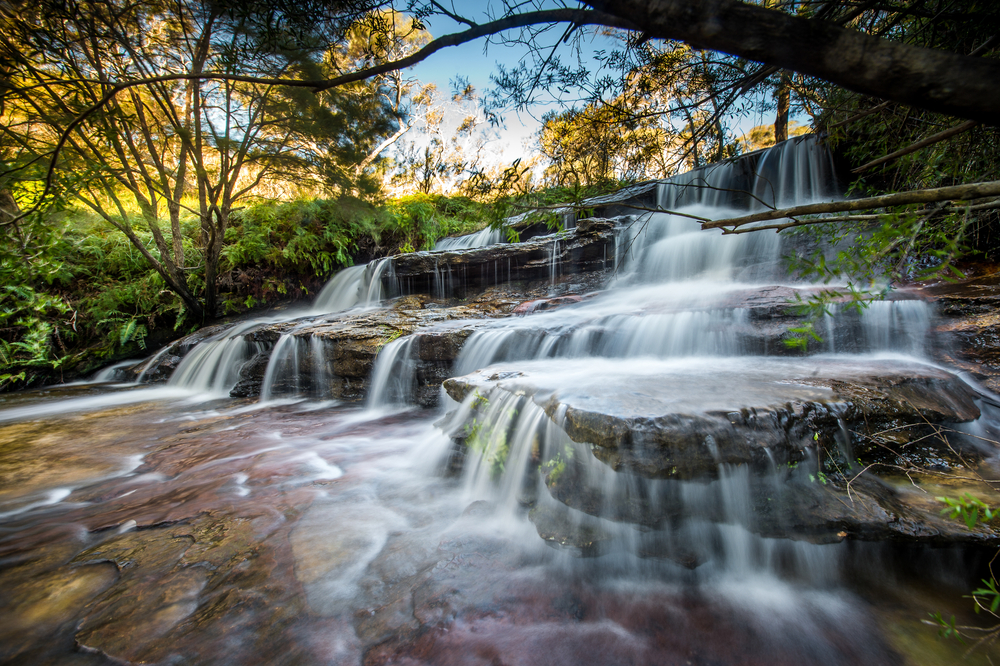
Blue Mountains National Park
Explore Now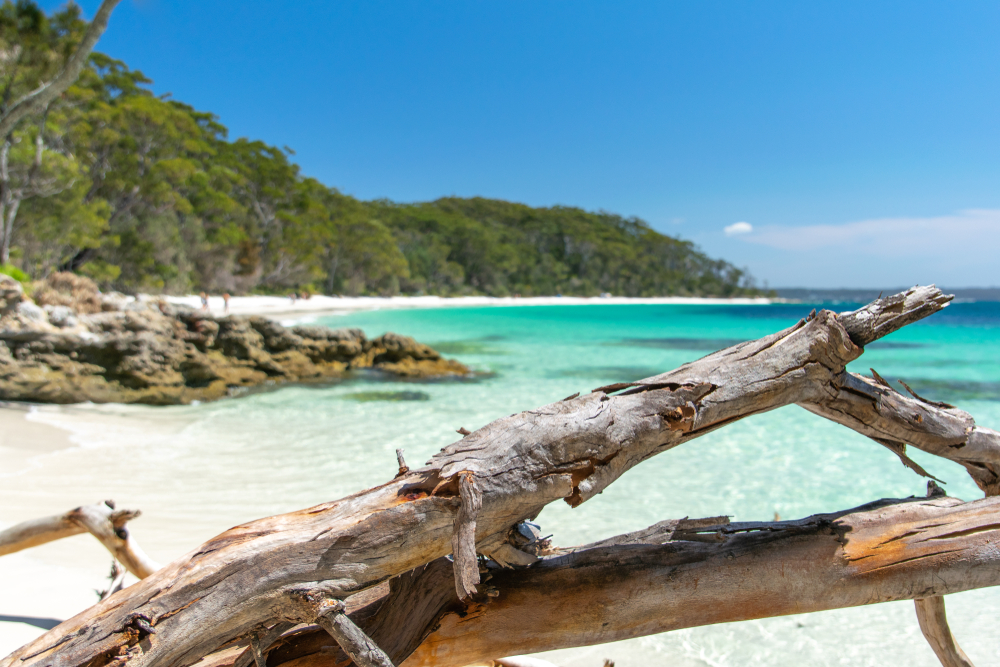
Booderee National Park
Explore Now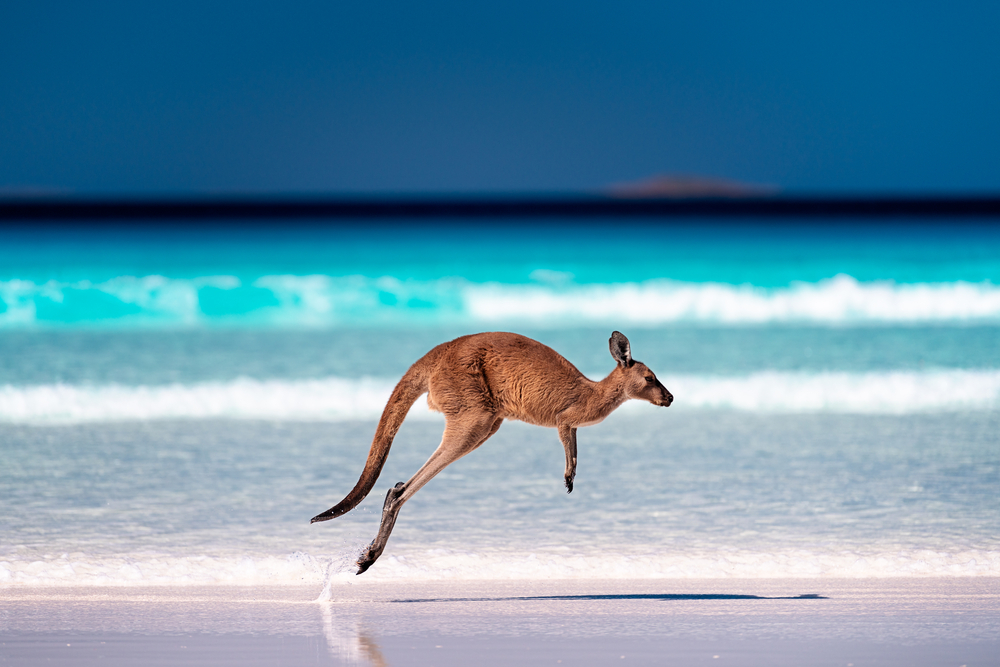
Cape Le Grand National Park
Explore Now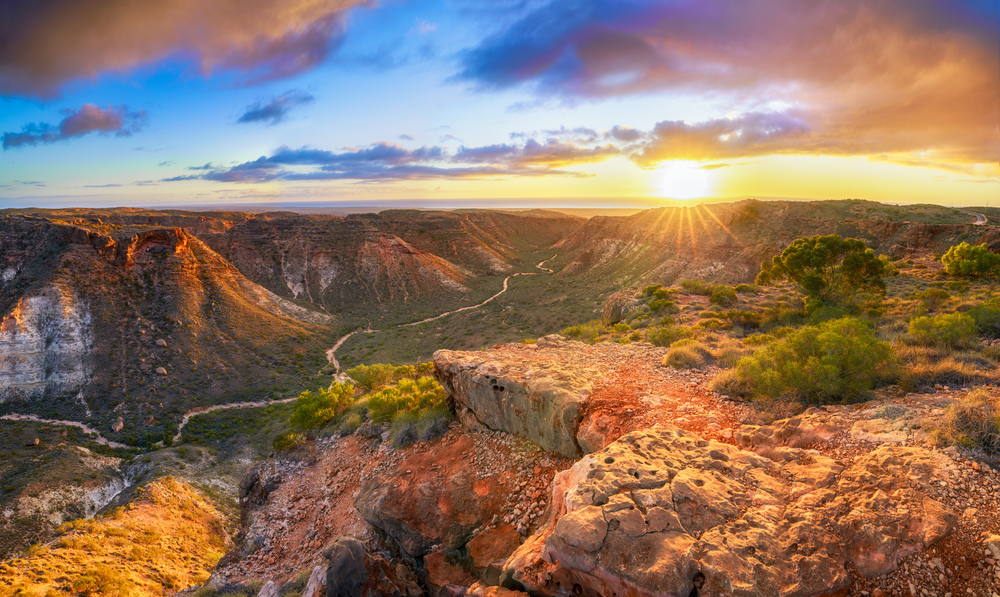
Cape Range National Park
Explore Now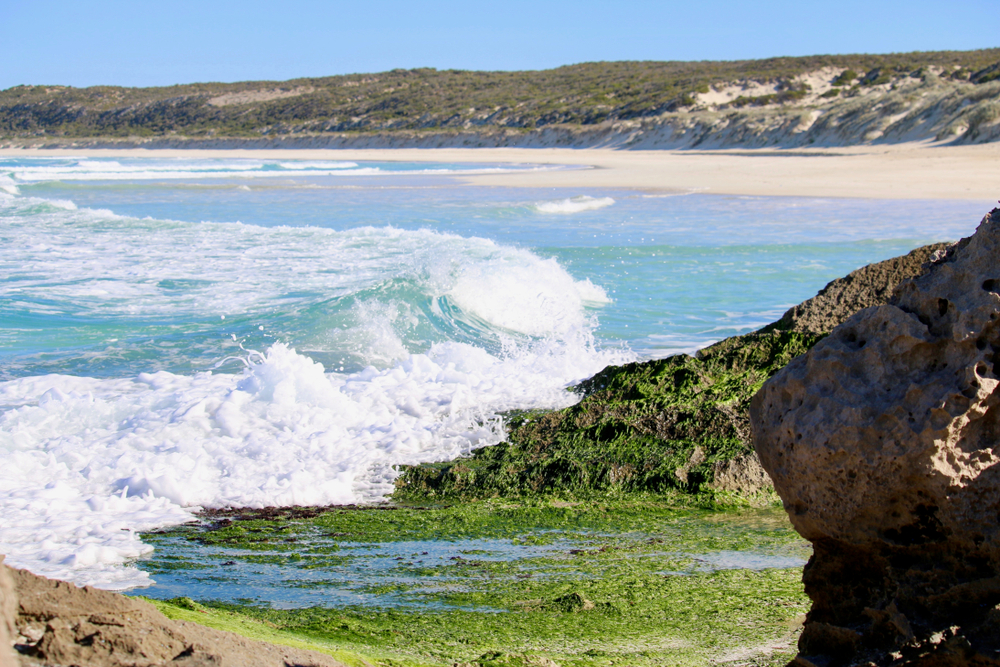
Coffin Bay National Park
Explore Now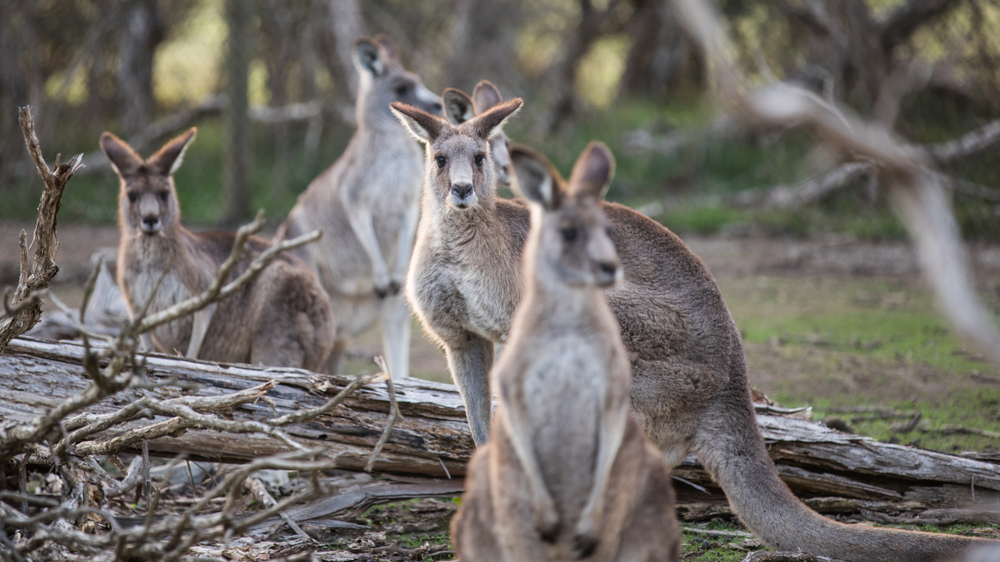
Coorong National Park
Explore Now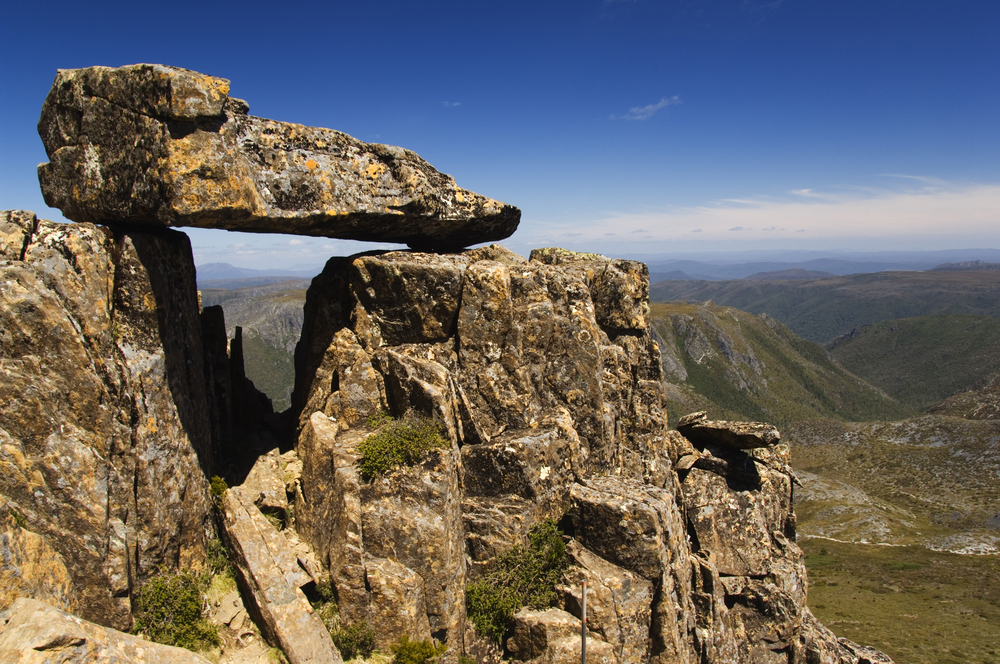
Cradle Mountain Lake St. Clair
Explore Now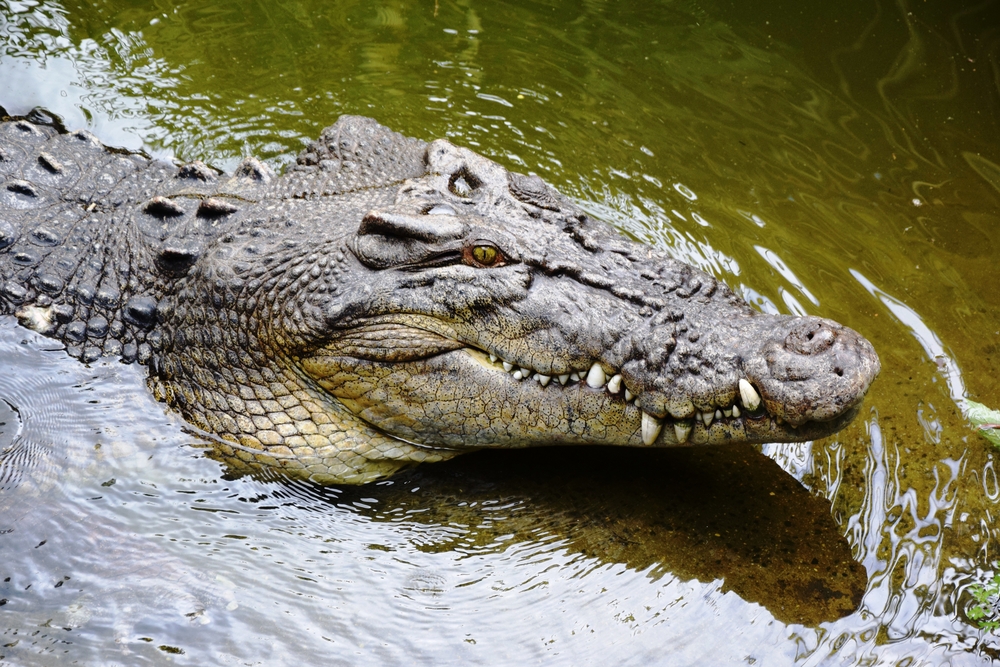
Daintree National Park
Explore Now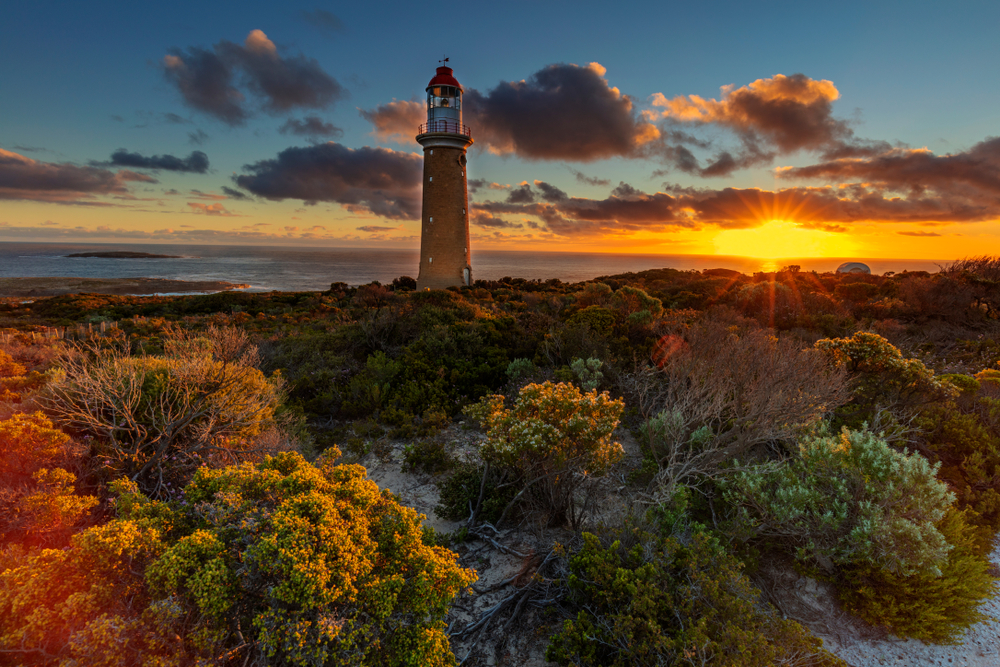
Flinders Chase National Park
Explore Now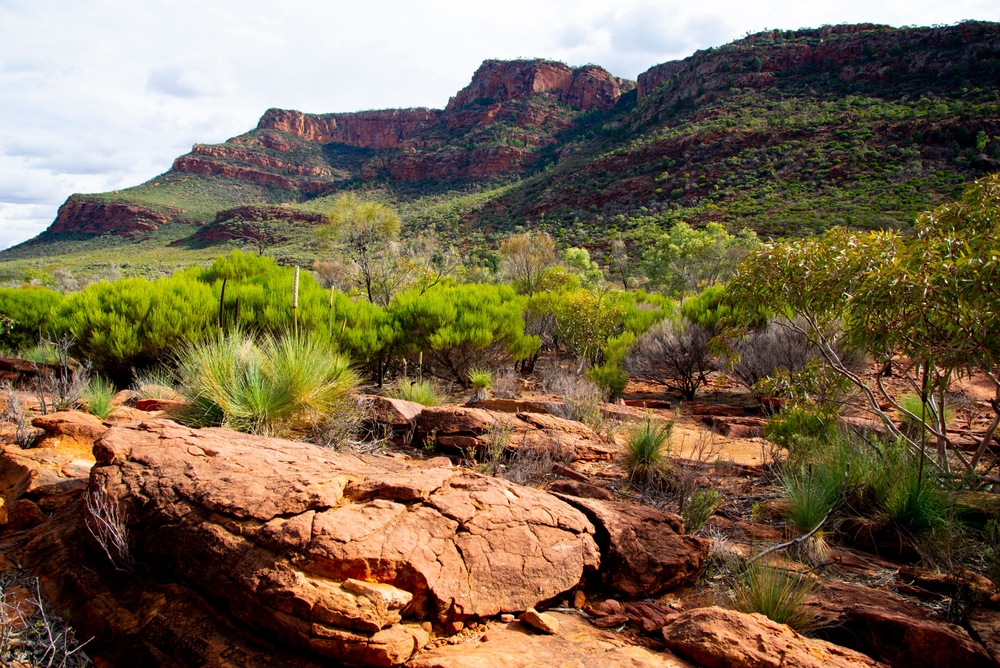
Flinders Ranges National Park
Explore Now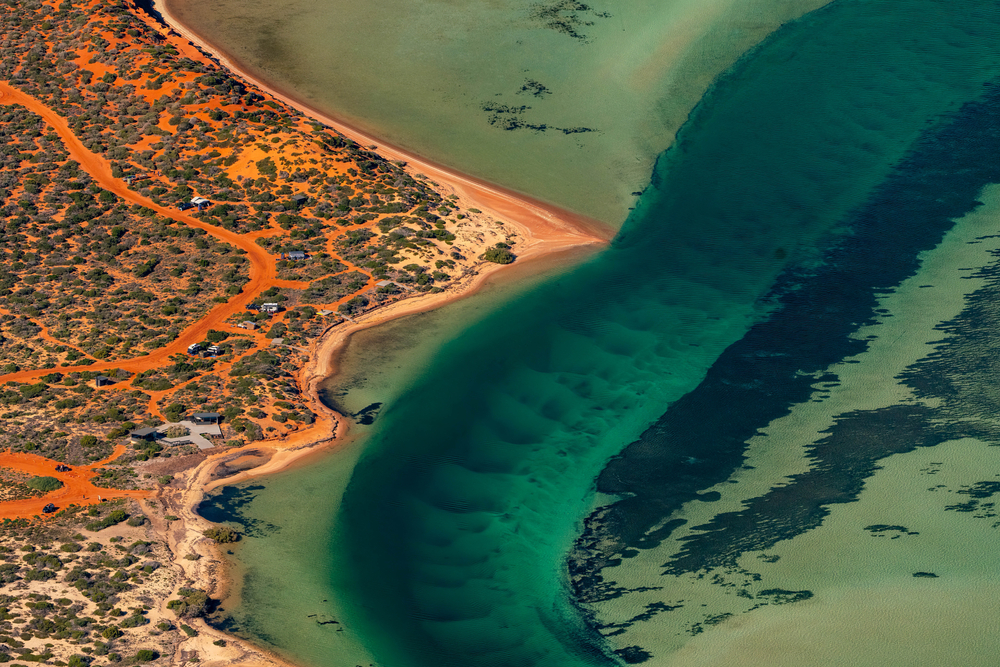
Francois Peron National Park
Explore Now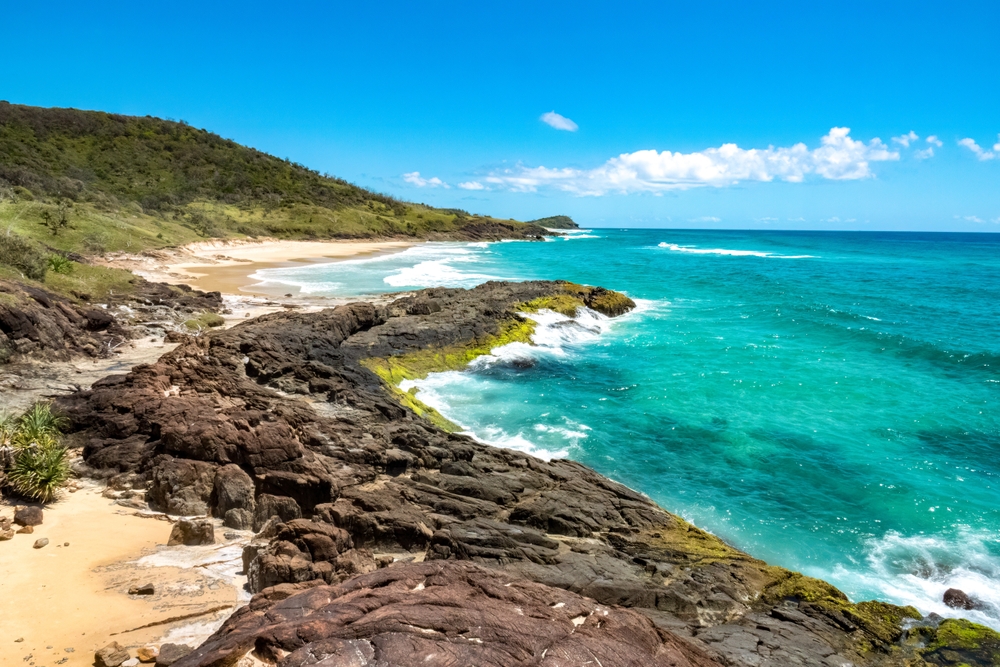
Fraser Island (K'gari) National Park
Explore Now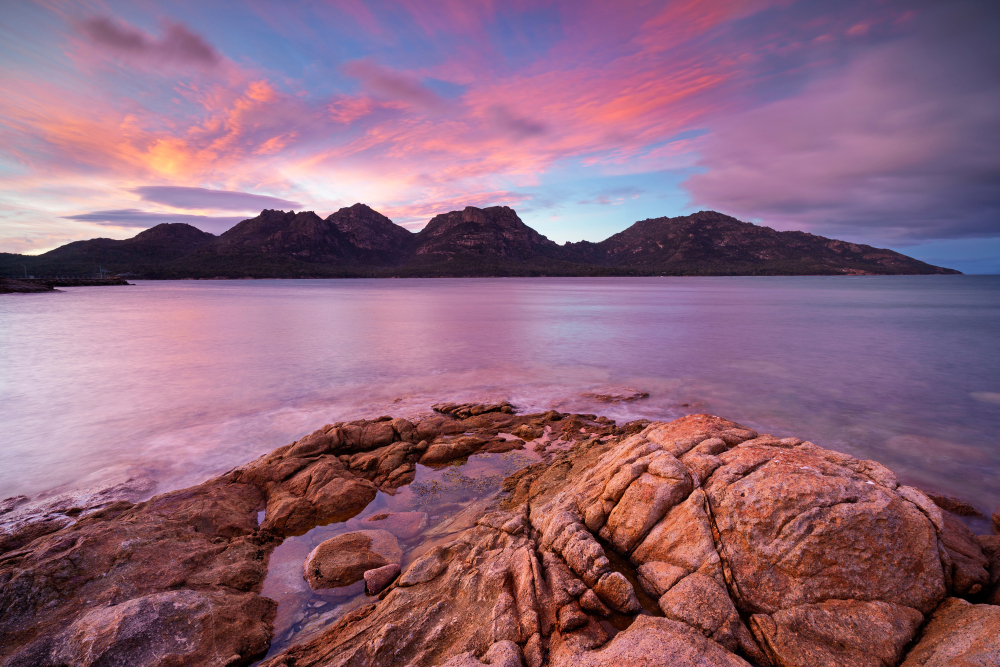
Freycinet National Park
Explore Now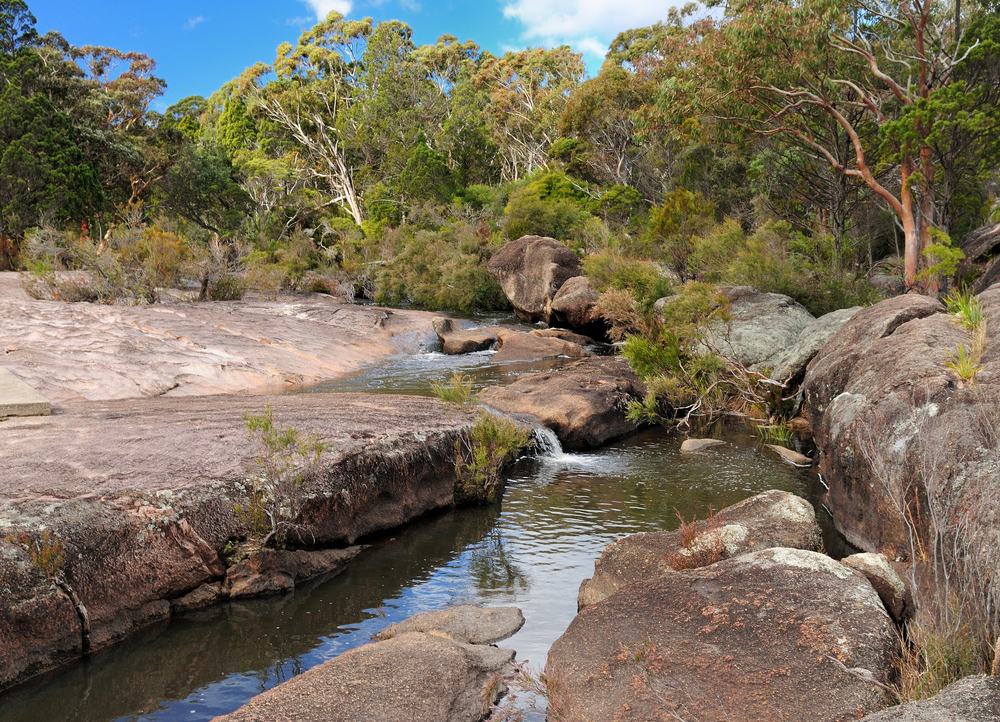
Girraween National Park
Explore Now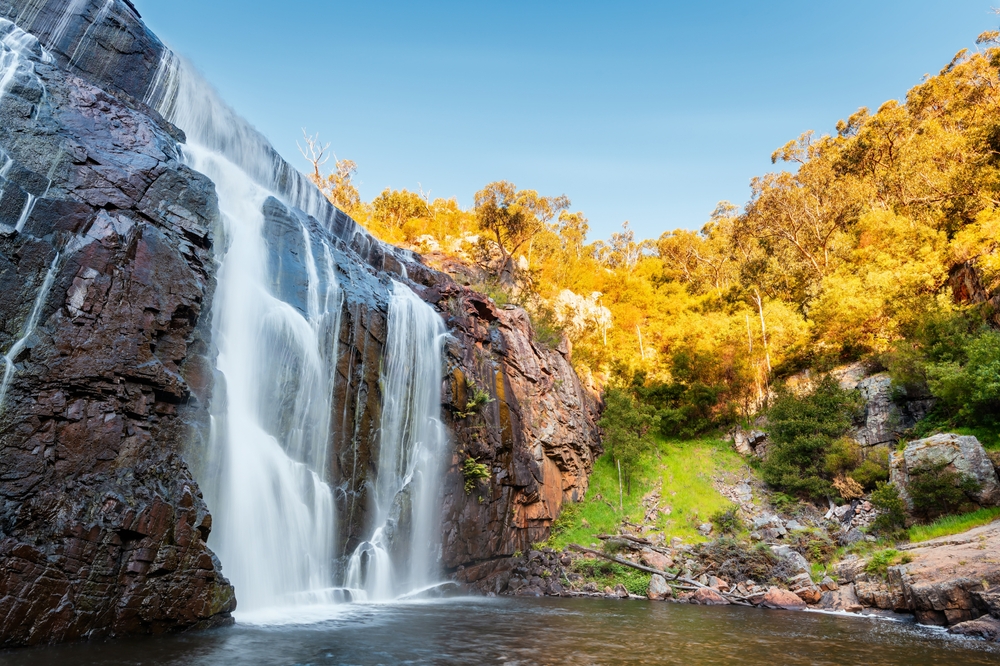
Grampians National Park
Explore Now
Great Barrier Reef Marine Park
Explore Now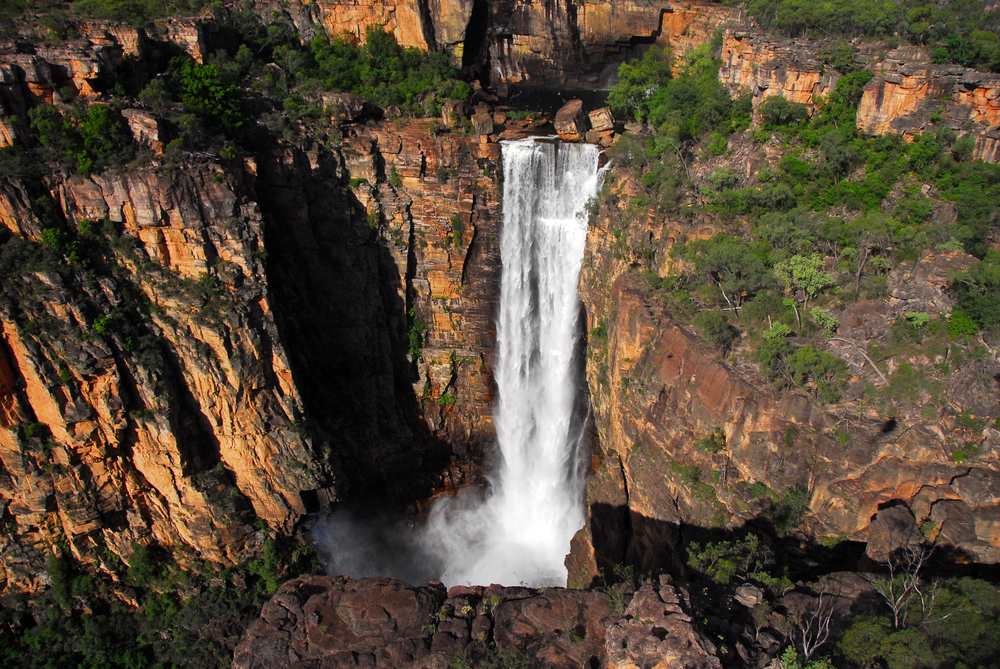
Kakadu National Park
Explore Now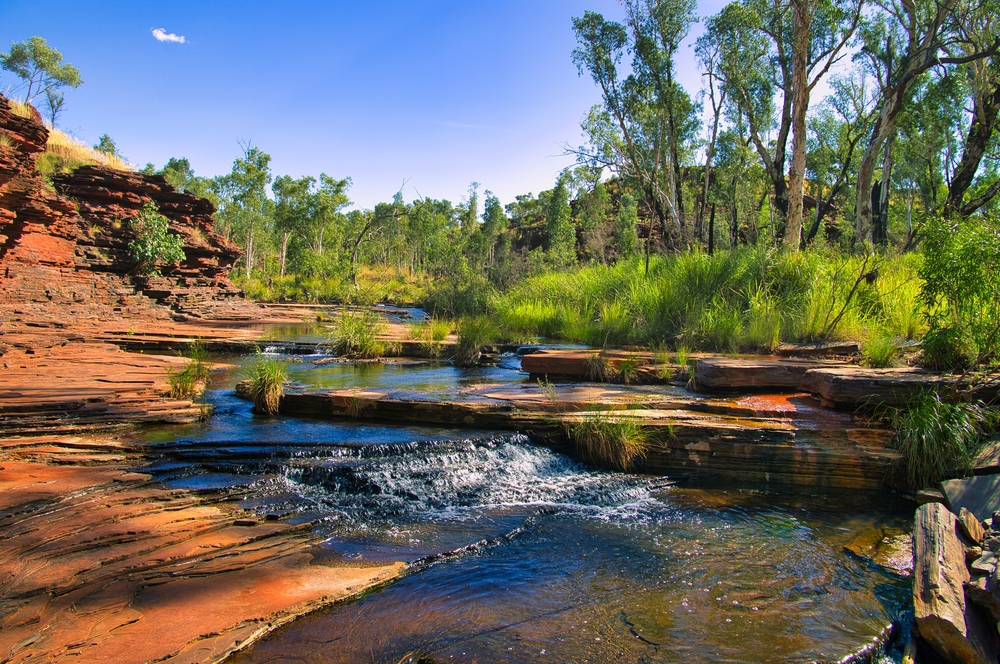
Karijini National Park
Explore Now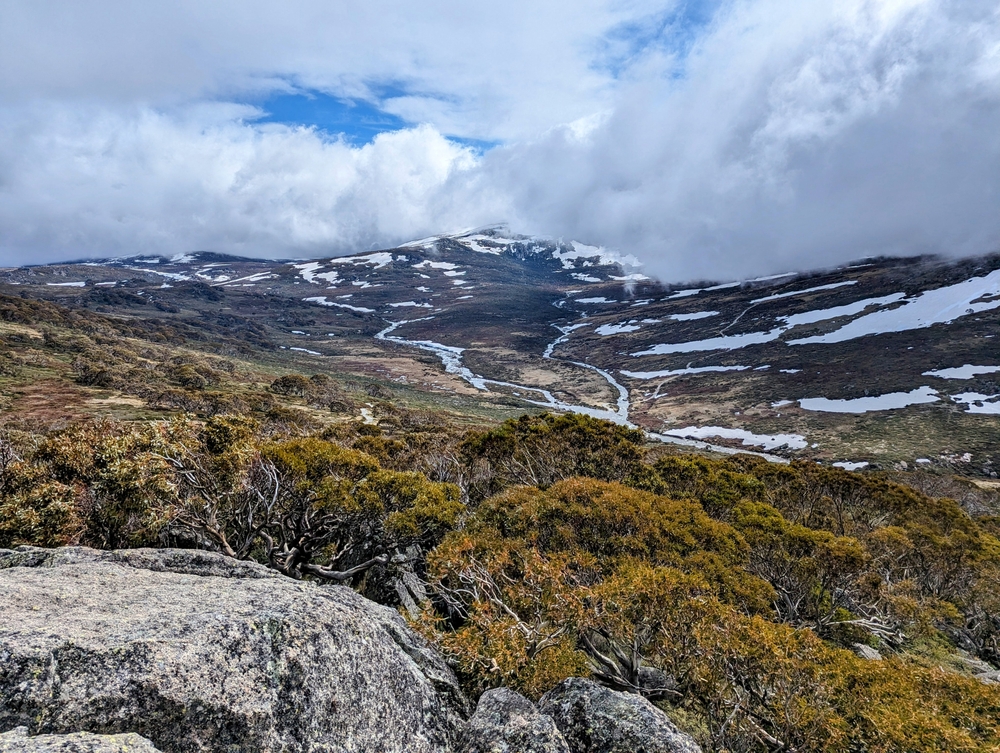
Kosciuszko National Park
Explore Now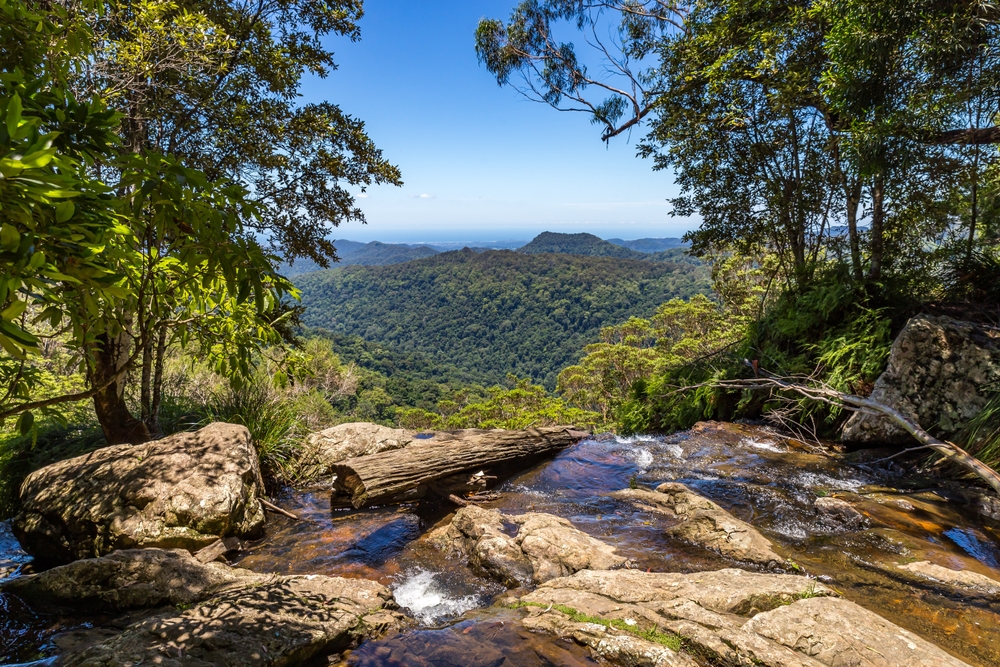
Lamington National Park
Explore Now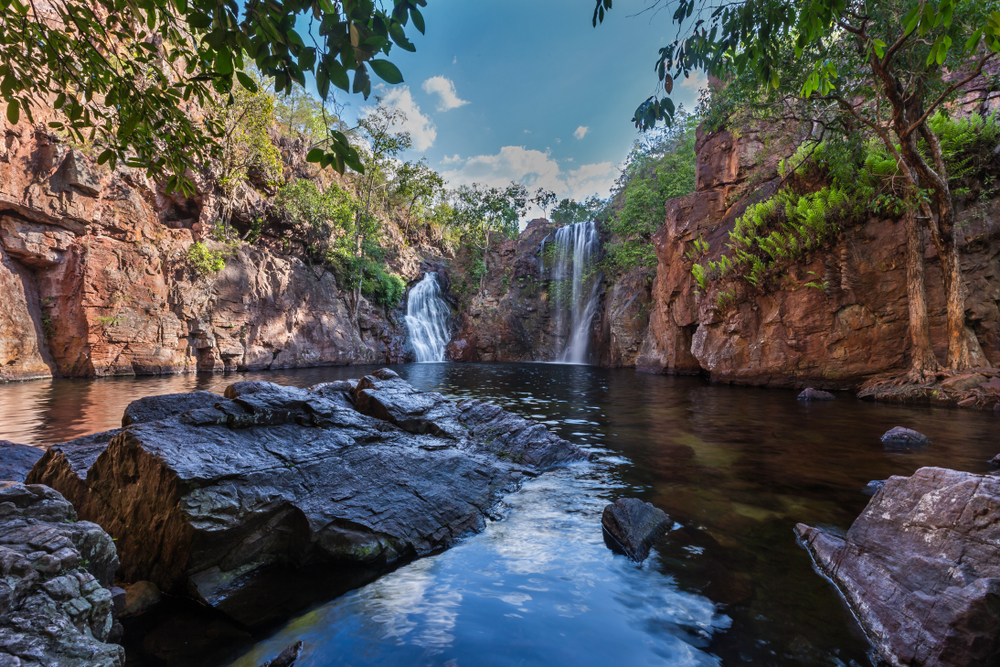
Litchfield National Park
Explore Now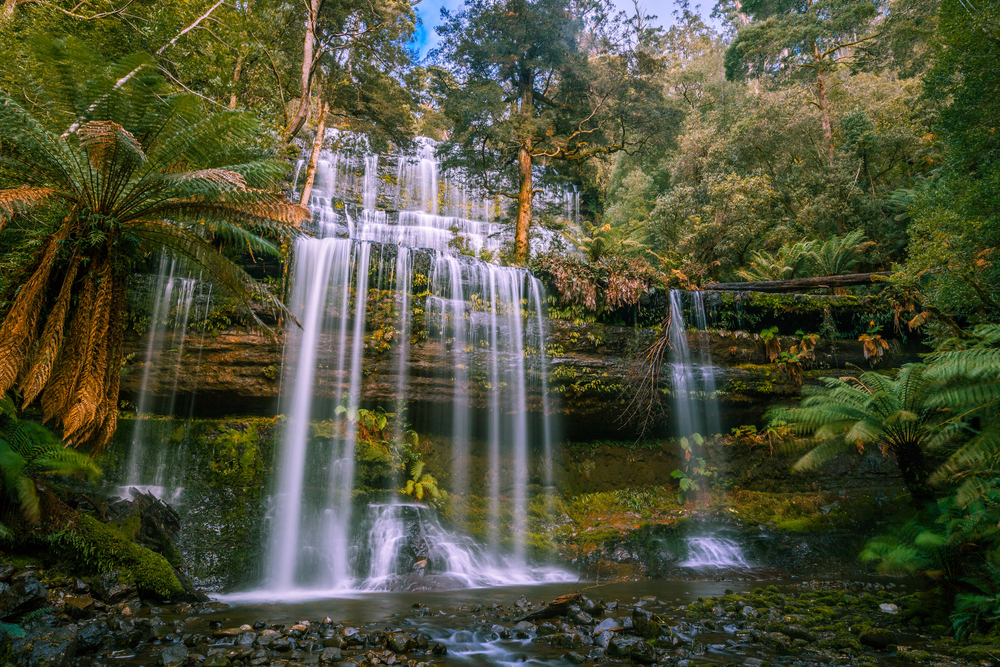
Mount Field National Park
Explore Now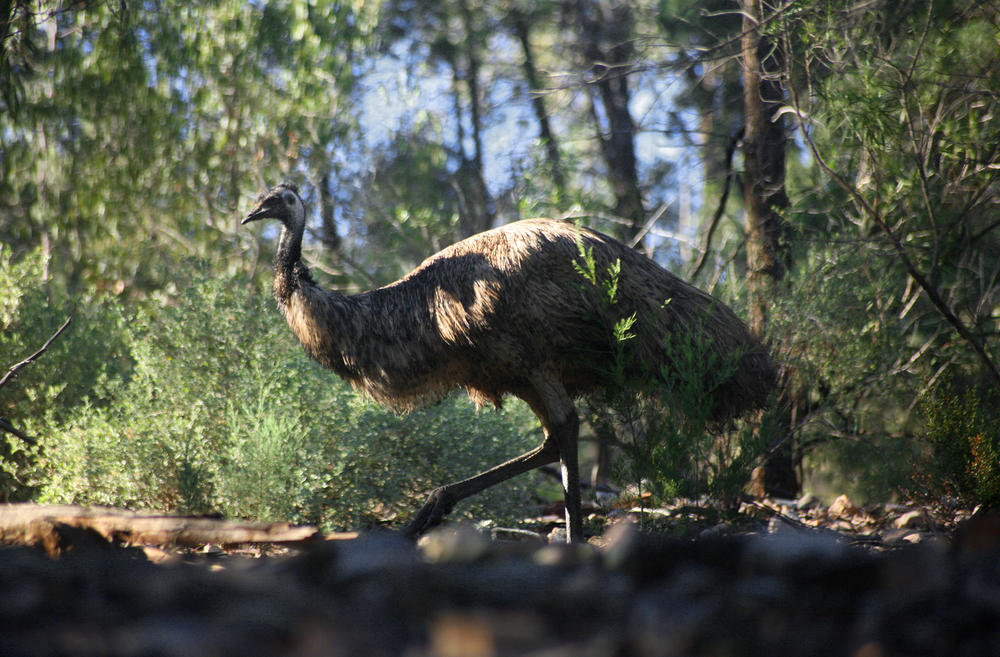
Mount Remarkable National Park
Explore Now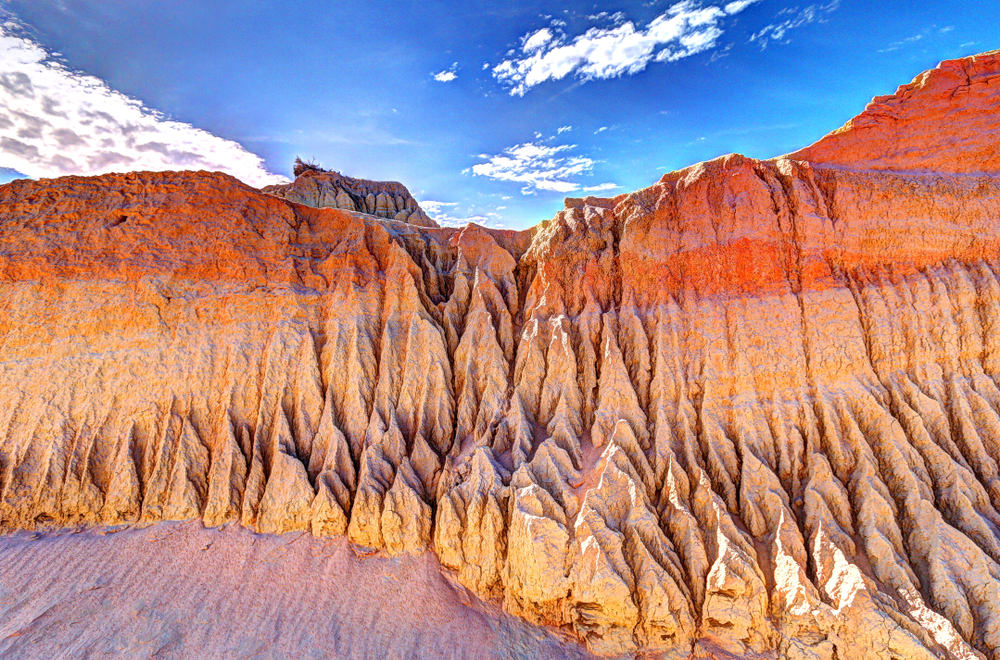
Mungo National Park
Explore Now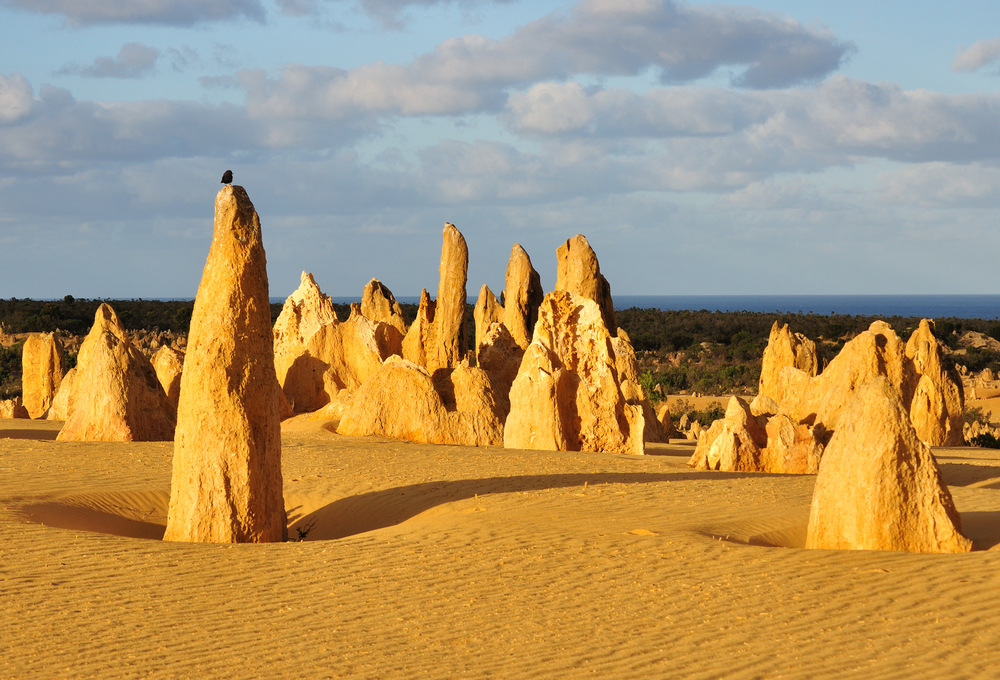
Nambung National Park
Explore Now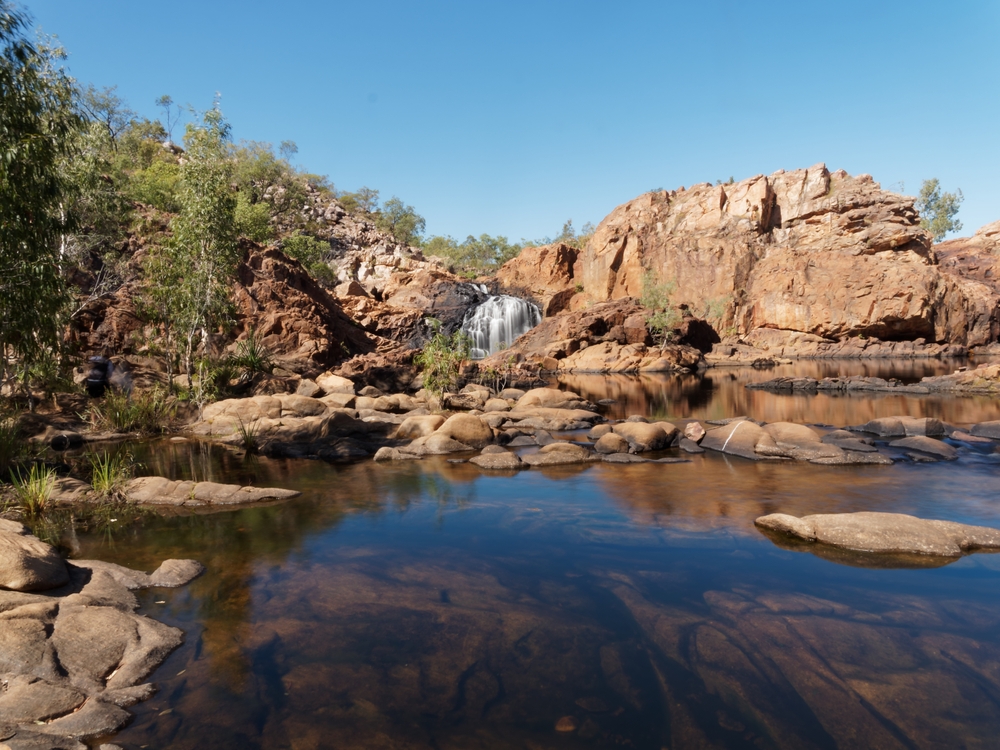
Nitmiluk National Park
Explore Now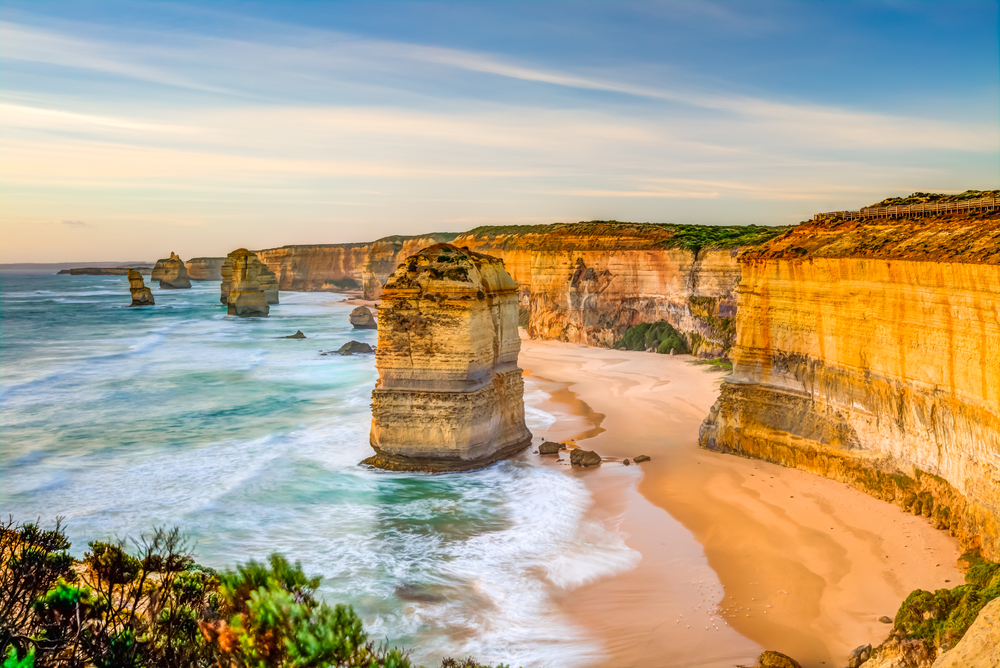
Port Campbell National Park
Explore Now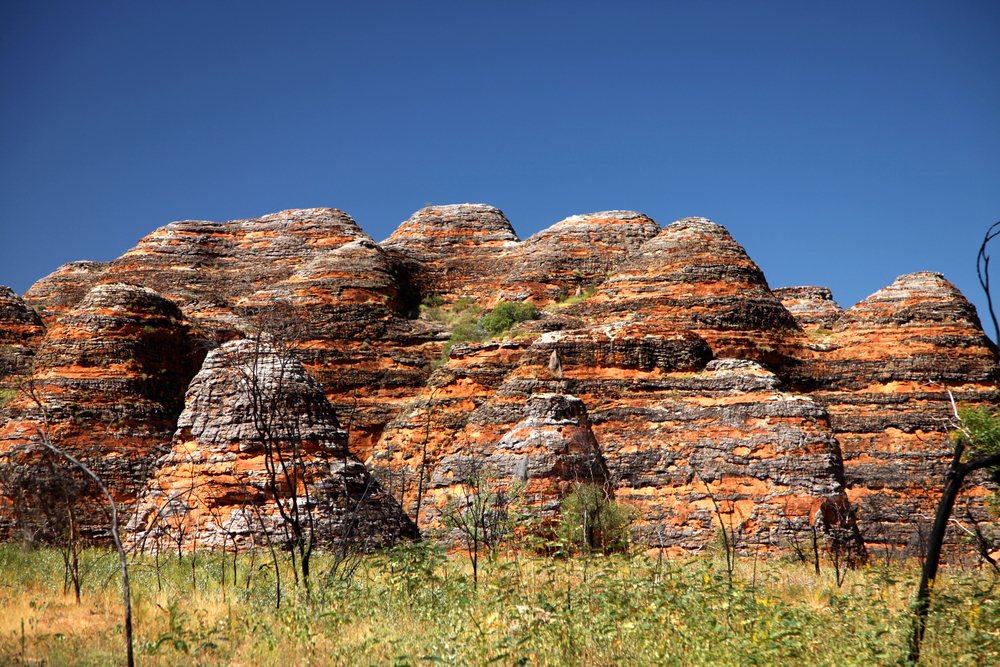
Purnululu National Park
Explore Now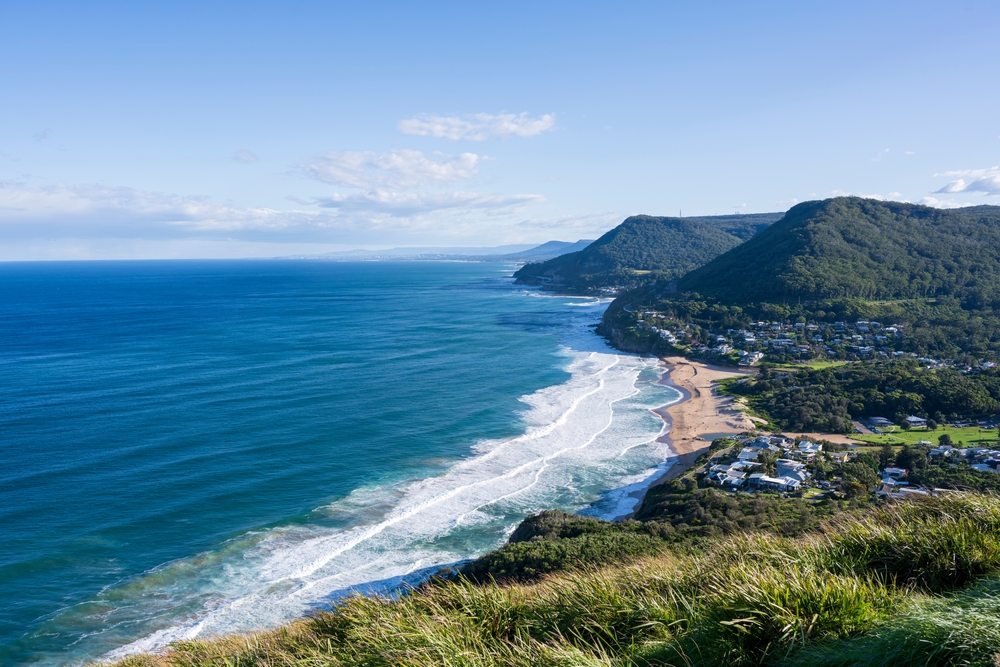
Royal National Park
Explore Now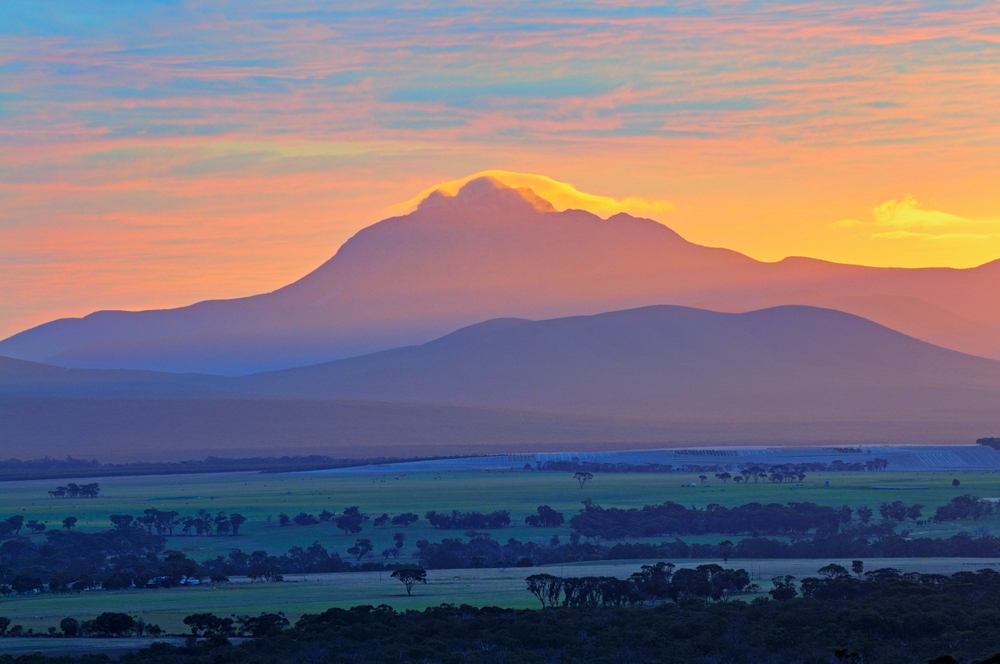
Stirling Range National Park
Explore Now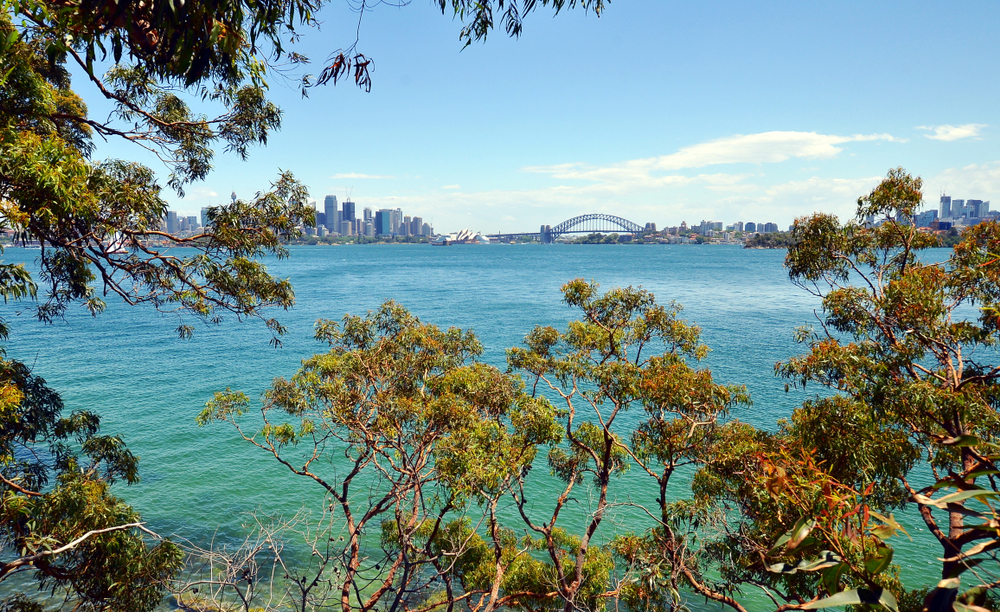
Sydney Harbour National Park
Explore Now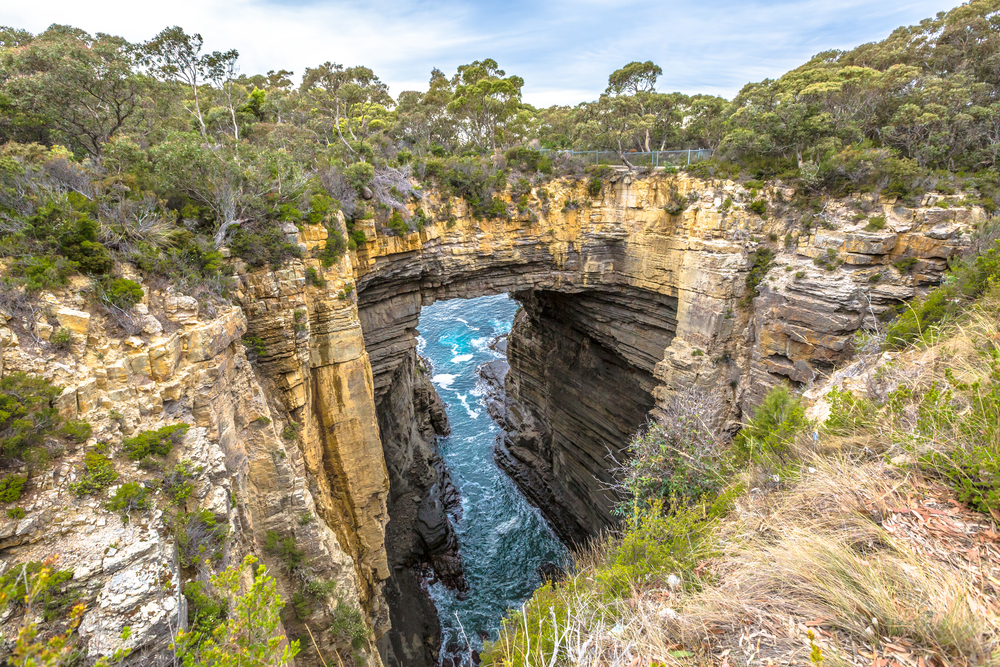
Tasman National Park
Explore Now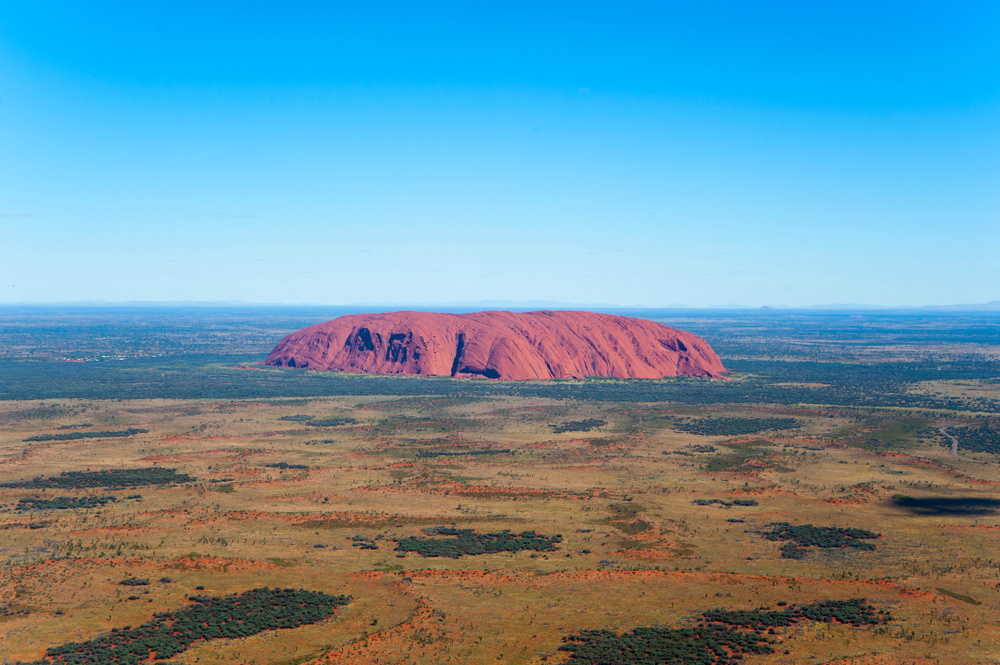
Uluru Kata Tjuta National Park
Explore Now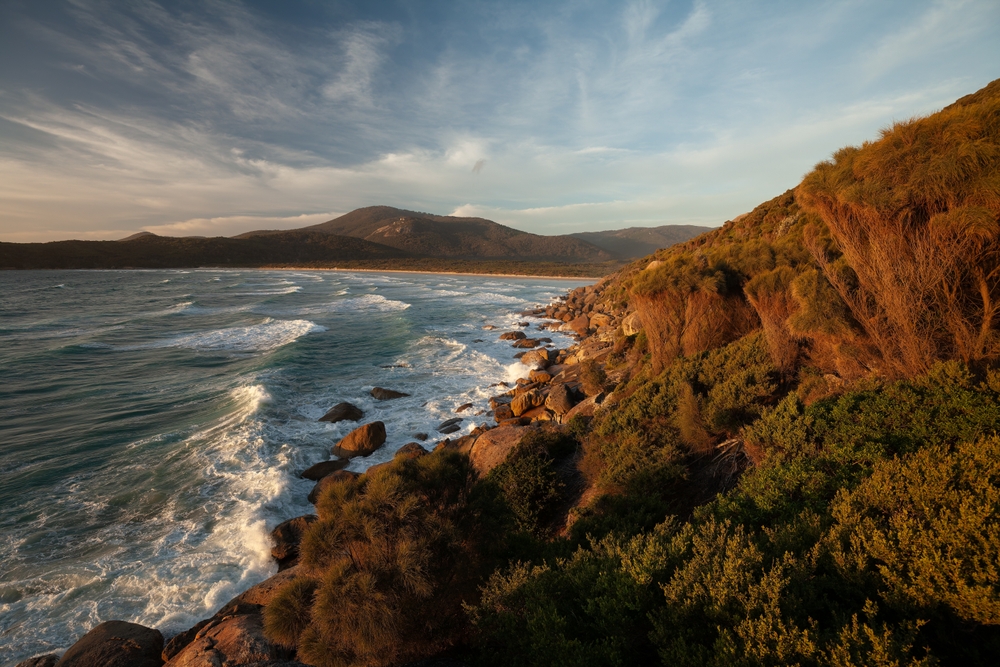
Wilsons Promontory National Park
Explore NowFAQ’s
1. How many national parks are there in Australia?
2. What is the largest national park in Australia?
The largest national park in Australia is Kakadu National Park, located in the Northern Territory. Kakadu covers an area of approximately 19,804 square kilometers (7,646 square miles), making it one of the largest national parks in the world.
This vast and biodiverse park is renowned for its stunning landscapes, including dramatic escarpments, wetlands, waterfalls, and ancient rock art sites. It is home to a rich variety of wildlife, including saltwater crocodiles, kangaroos, wallabies, and a diverse array of bird species.
Kakadu National Park is also culturally significant, as it is home to Aboriginal rock art sites that date back thousands of years, offering insights into the rich cultural heritage of Australia’s Indigenous peoples.
3. What is the smallest national park in Australia?
The smallest national park in Australia is the Dorrigo National Park, located in New South Wales. It covers an area of approximately 119 square kilometers (about 46 square miles).
Despite its small size, Dorrigo National Park is renowned for its lush rainforest, stunning waterfalls, and diverse flora and fauna. It is part of the Gondwana Rainforests of Australia World Heritage Area, which protects significant remnants of ancient rainforest that once covered the continent.
Dorrigo National Park offers visitors opportunities for hiking, birdwatching, and experiencing the beauty of subtropical rainforest landscapes.
4. What was the first national park in Australia?
The first national park in Australia is the Royal National Park, located in New South Wales. Established on April 26, 1879, it holds the distinction of being the world’s second-oldest national park, after Yellowstone National Park in the United States.
Royal National Park covers an area of approximately 151 square kilometers (about 58 square miles) and is situated along the coast, just south of Sydney. It features a diverse range of landscapes, including coastal cliffs, sandy beaches, eucalyptus forests, and freshwater rivers and streams.
The park is popular for outdoor activities such as bushwalking, swimming, picnicking, and birdwatching, and it is known for its natural beauty and accessibility to urban populations.
5. What is the most popular national park in Australia?
One of the most popular national parks in Australia is Uluru-Kata Tjuta National Park, located in the Northern Territory. This iconic park is home to the world-famous Uluru (Ayers Rock), a massive sandstone monolith sacred to the local Anangu Aboriginal people.
Visitors come to experience the unique red desert landscapes, witness breathtaking sunsets over Uluru, and explore Kata Tjuta, another rock formation with spiritual and cultural significance.
The park is a UNESCO World Heritage site and attracts millions of tourists each year for its natural beauty and cultural heritage.
6. What percentage of Australia’s land area is protected through official National Parks?
Approximately 4.2% of Australia’s land area is protected through national parks, covering over 136,000 square miles (352,000 square kilometers).
Australia has over 500 national parks, which help conserve the country’s vast and diverse ecosystems, including rainforests, deserts, and coastal regions.
The country places great emphasis on preserving its unique wildlife and landscapes through its national park system.
7. What other protected areas are there in Australia?
In addition to national parks, Australia has a network of conservation reserves, marine parks, and heritage sites. The Great Barrier Reef Marine Park is one of the most significant marine protected areas in the world, safeguarding the biodiversity of the reef ecosystem.
Nature reserves, such as the Kosciuszko National Park’s alpine areas, and wildlife sanctuaries, like the Phillip Island Nature Parks, also play key roles in protecting Australia’s unique flora and fauna.
8. What nature attractions does Australia have apart from National Parks?
Australia is known for its remarkable natural attractions, including the Great Barrier Reef, which offers some of the world’s best snorkeling and diving opportunities.
The Blue Mountains in New South Wales feature stunning rock formations and eucalyptus forests, while the Twelve Apostles along the Great Ocean Road offer breathtaking coastal views.
Kangaroo Island is another top destination, where visitors can encounter native wildlife such as koalas and kangaroos.
9. What species are endemic and unique to Australia alone?
Australia is famous for its unique endemic species, including the koala, kangaroo, platypus, and echidna.
The country is also home to a wide range of endemic reptiles, birds, and plants, such as the quokka, Tasmanian devil, and wombat, which contribute to Australia’s distinctive biodiversity.
10. What is Australia’s main international airport?
Australia’s main international airport is Sydney Kingsford Smith International Airport (SYD). Other leading international airports include:
- Melbourne Tullamarine Airport (MEL)
- Brisbane Airport (BNE)
- Perth Airport (PER)
- Adelaide Airport (ADL)
- Cairns Airport (CNS)
11. What international airline companies fly into Australia?
International airlines flying into Australia include:
- Air New Zealand
- British Airways
- Cathay Pacific
- Emirates
- Fiji Airways
- Japan Airlines
- Qantas
- Singapore Airlines
- United Airlines
- Virgin Australia
12. Who manages the national parks of Australia?
Australia’s national parks are managed by a combination of federal, state, and territory government agencies. Parks Australia is responsible for managing federally protected areas, including iconic parks like Kakadu and Uluru-Kata Tjuta.
Each state and territory has its own department managing regional national parks, such as NSW National Parks and Wildlife Service and Parks Victoria.
These agencies work together to protect Australia’s biodiversity and natural heritage.
- Parks Australia: parksaustralia.gov.au









































































